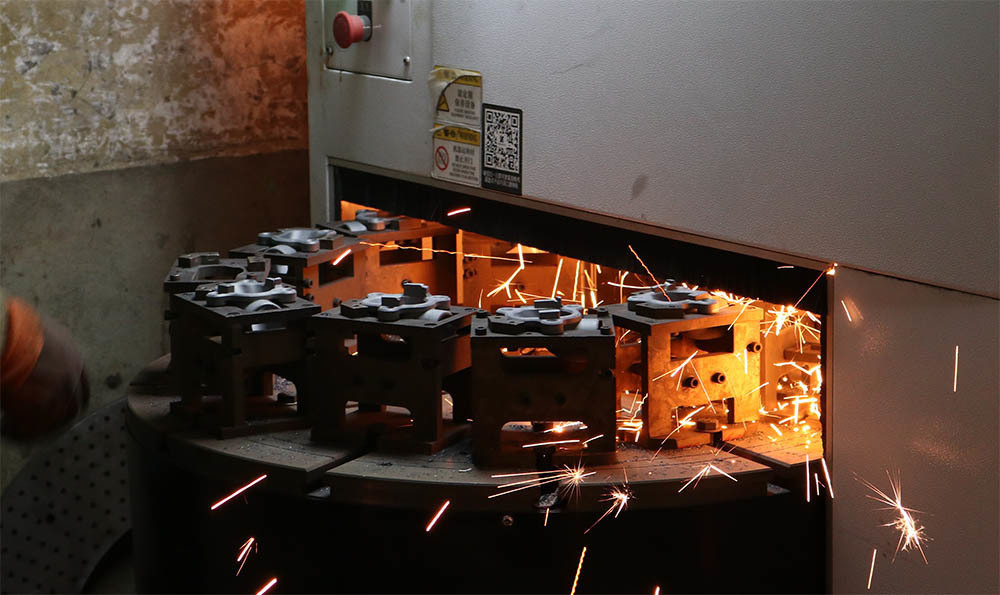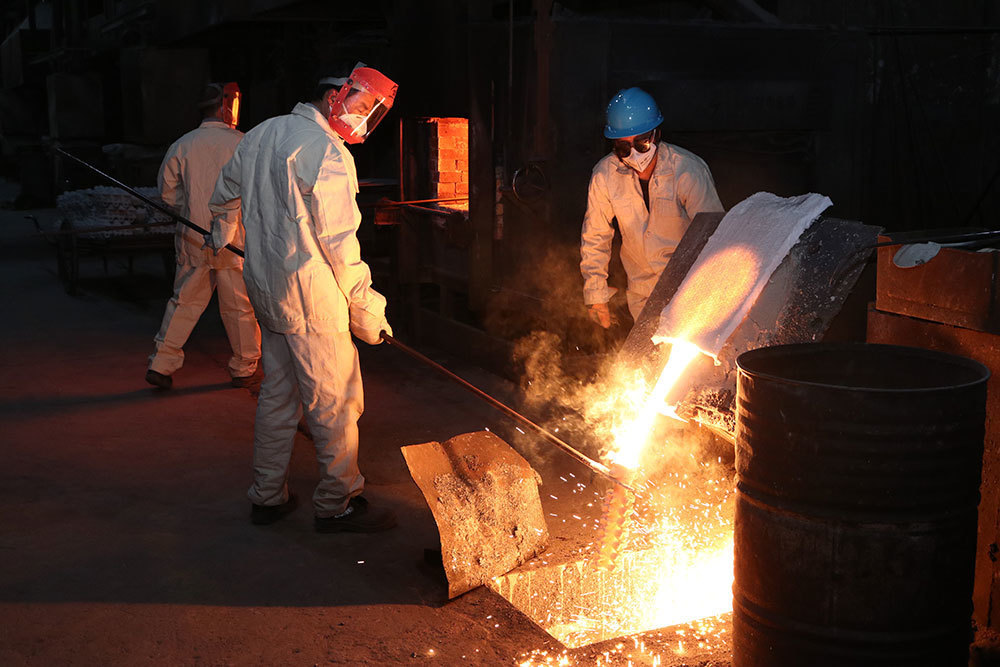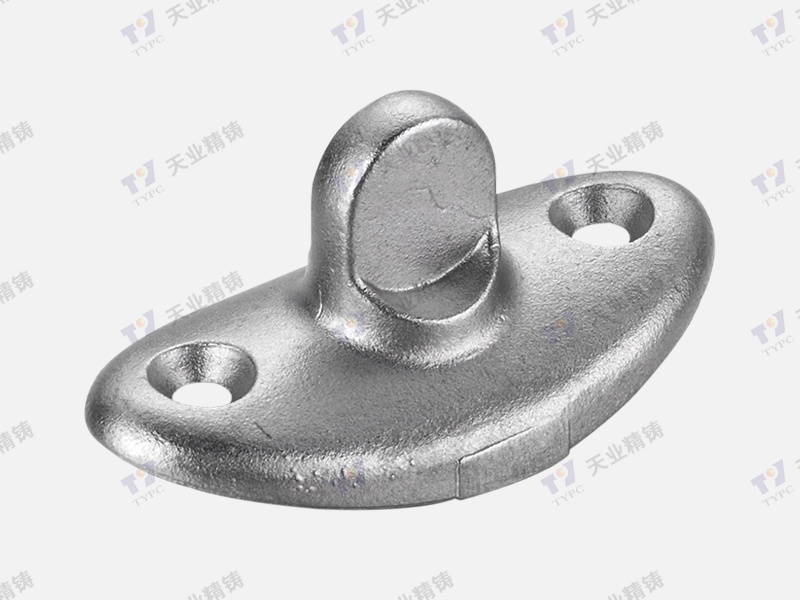2025-06-09
Understanding Stainless Steel Investment Casting: A Comprehensive Overview
Stainless steel investment casting is a highly effective manufacturing process that produces intricate metal components with exceptional precision and surface finish. This method is particularly beneficial for creating complex shapes that would be challenging to achieve through traditional machining techniques. The investment casting process involves several critical steps, beginning with the creation of a wax pattern that is coated in a ceramic shell. Once the shell is hardened, the wax is melted away, leaving a hollow cavity that mirrors the desired final product. Molten stainless steel is then poured into this cavity, allowing for the formation of the intricate details of the part.
One of the primary advantages of stainless steel investment casting is the material's inherent properties. Stainless steel is known for its excellent corrosion resistance, strength, and durability, making it an ideal choice for industrial applications. Parts produced through this method can withstand harsh environments and are often used in sectors such as aerospace, automotive, oil and gas, and medical devices. The versatility of stainless steel allows manufacturers to select from various alloys, tailoring the material’s properties to meet specific requirements.
Furthermore, investment casting is recognized for its efficiency in producing high-quality components in large quantities. This process minimizes waste material, as the intricate designs can reduce the need for extensive machining. Additionally, the ability to produce parts with thin walls and complex geometries contributes to weight savings in various applications, enhancing performance and reducing costs.
However, it is essential to consider that the investment casting process does have some limitations. While it excels in producing complex shapes, the initial costs for setting up the molds can be higher compared to other manufacturing methods. Therefore, it is often more economical for larger production runs rather than small batches. Understanding these trade-offs is crucial for businesses looking to implement stainless steel investment casting in their operations.
In summary, stainless steel investment casting offers a range of benefits, including high precision, material versatility, and efficiency in production. By leveraging the strengths of stainless steel, manufacturers can produce components that meet rigorous performance standards across various industries. As the demand for advanced manufacturing techniques continues to grow, understanding the intricacies of stainless steel investment casting will be invaluable for those involved in the design and production of industrial equipment and general-purpose components.
One of the primary advantages of stainless steel investment casting is the material's inherent properties. Stainless steel is known for its excellent corrosion resistance, strength, and durability, making it an ideal choice for industrial applications. Parts produced through this method can withstand harsh environments and are often used in sectors such as aerospace, automotive, oil and gas, and medical devices. The versatility of stainless steel allows manufacturers to select from various alloys, tailoring the material’s properties to meet specific requirements.
Furthermore, investment casting is recognized for its efficiency in producing high-quality components in large quantities. This process minimizes waste material, as the intricate designs can reduce the need for extensive machining. Additionally, the ability to produce parts with thin walls and complex geometries contributes to weight savings in various applications, enhancing performance and reducing costs.
However, it is essential to consider that the investment casting process does have some limitations. While it excels in producing complex shapes, the initial costs for setting up the molds can be higher compared to other manufacturing methods. Therefore, it is often more economical for larger production runs rather than small batches. Understanding these trade-offs is crucial for businesses looking to implement stainless steel investment casting in their operations.
In summary, stainless steel investment casting offers a range of benefits, including high precision, material versatility, and efficiency in production. By leveraging the strengths of stainless steel, manufacturers can produce components that meet rigorous performance standards across various industries. As the demand for advanced manufacturing techniques continues to grow, understanding the intricacies of stainless steel investment casting will be invaluable for those involved in the design and production of industrial equipment and general-purpose components.









